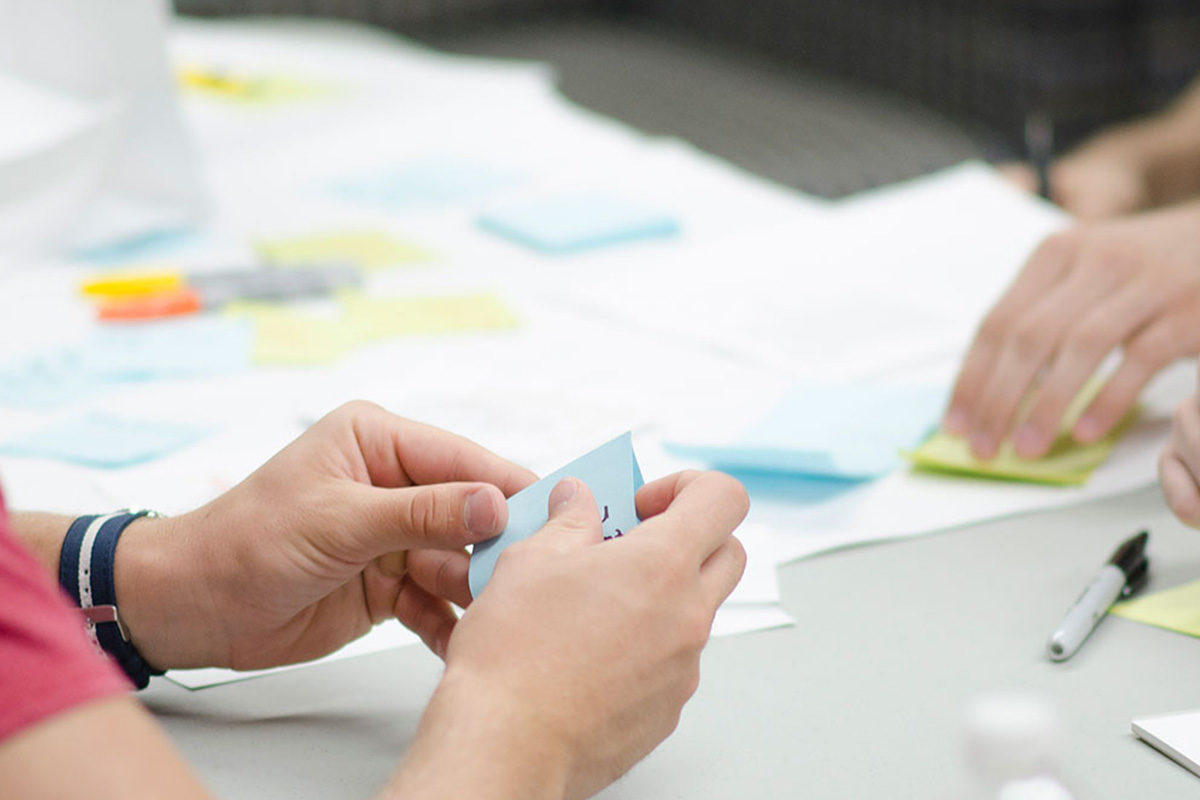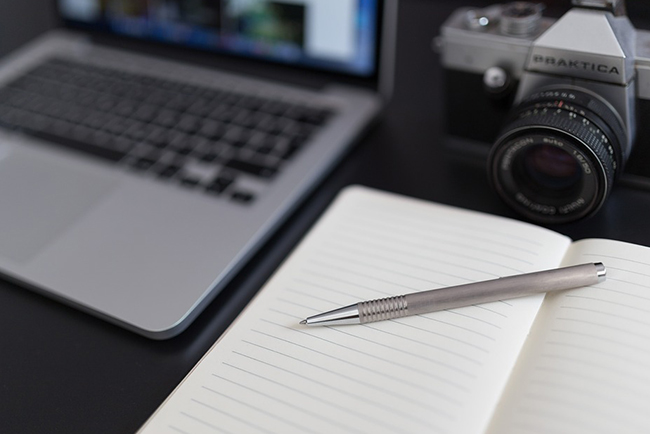
A Meaningful Dialogue
HOW TO DRAW THE MOST OUT OF USER INTERVIEWS.
Users determine a product’s success. It is important to connect with users early and often to develop a user-centered design. There are many tools designers can use to obtain key insights from users. A popular tool to spawn open dialogue and generate insights is the user interview. These insights can become key drivers in the creation of a successful product.
While in-depth interviews are useful in design research, they can be challenging. Often, interviews do not adhere to a linear path. However, interviewers should welcome non-linear interviews. They can be successful when they enable the interviewer to gain a deeper understanding of pain points. Pain points represent opportunities for innovation and are the pathway for the creation of an empathetic design.

A popular tool to spawn open dialogue and generate insights is the user interview. These insights can become key drivers in the creation of a successful product.
In-person interviews can present a challenge because every individual has a different way of expressing his or her thoughts. Some of us would prefer to reflect rather than project, while others feel like they have to be in the driver’s seat.
The interviewer needs to be able to facilitate the discussion without becoming an obstructionist. He/she must be able to spark a purposeful dialogue without leading the interviewee to a predetermined destination.
DEVELOP THE RIGHT INTERVIEW
The way you frame an interview will determine its success. If you plan to ask pre-arranged questions, make sure they facilitate a deeper discussion.
Avoid the mistakes of a poorly-phrased and executed interview question:
(Q) “Do you like the toaster you are currently using?”
(A) “Yes, it works well enough.”
(Q) “What about the color of the toaster, do you find it to be pleasant?”

Try starting the interview with a prompt. “Could you please walk me through your experience of using this toaster?”
Notice how the interviewer starts by asking a “yes” or “no” question. This type of question garners a surface response and does not open up a deeper understanding of the user’s experience. Furthermore, the interviewer failed to ask an open follow-up question which could have yielded a detailed response.
Avoid starting an interview with a question. Try starting the interview with a prompt. “Could you please walk me through your experience of using this toaster?” This type of prompting enables meaningful dialogue.
Prompts give the interviewee more freedom. They are a platform for discovery and establish a useful framework for deeper discussion.
BE READY TO ADAPT
Recognizing differences in participants’ personalities is key to impactful communication. If the person you are interviewing is more reserved with his/her responses, try to lay some groundwork for a deeper discussion. Identify a pain point that he/she may have and ask him/her to expand upon it.
If the interviewee has a tendency to jump off subject, tactfully guide him/her back on track. However, remember that some of the most meaningful insights are found in “digression.”
Providing the interviewee the freedom to think aloud may yield meaningful information.
Again, avoid a sterile dialogue by refraining from “yes” or “no” questions. Try to act more like a therapist than a doctor. Use prompts like “Tell me more about this.” Do not be satisfied with a “yes” or “no” answer. If you receive a “yes” or “no,” ask the respondent to expand upon his/her thinking.

Try to act more like a therapist than a doctor. Use prompts like “Tell me more about this.”
Key insights are derived from “nitty gritty” details rather than sweeping generalizations. The more details, the more chance of success. A successful interviewer recognizes key insights and prompts participants to explore them in more detail.
ETHNOGRAPHY
Incorporate ethnographic research. Try giving interview participants a product and take a step back. Observe how the participants interact with the product. Note differences among users. Someone who has never experienced the product may use a product differently than someone who interacts with it on a regular basis. Those differences are often key findings.

Someone who has never experienced the product may use a product differently than someone who interacts with it on a regular basis. Those differences are often key findings.
To help people articulate their thoughts and feelings, make sure you ask them the four W’s: when, why, what and where.
EXAMPLES OF THE FOUR W’S:
- “When do you feel most comfortable and at ease while using our product?”
- “Why do you feel a greater connection to our product compared to other products on the market?”
- “What is the most frustrating aspect of using our product?”
- “Where do you store our product when you are not using it?”
These questions enable deeper discussion and elicit more details. Conversations stemming from these questions yield valuable information for design thinking.
Note: 90% of communication is non-verbal. It’s important to record any nonverbal cues that you observe during an interview.
It is common for someone to say something that contradicts his/her actions or body language. Being aware of this will help you understand their true attitude.
DOCUMENT
Bring recording equipment! Voice recorders, cameras, video equipment, and even an old-fashioned notebook are invaluable to a design researcher. Proper documentation will allow you and your team to review key details post-interview. You may see something in the records that you did not notice during the interview. Recordings permit future analysis and aid communication of research findings.

Recordings permit future analysis and aid communication of research findings.
Remember your goal: MEANINGFUL Dialogue
Nobody likes small talk; it leaves all parties involved feeling unfulfilled. When planning user interviews, aim for a meaningful dialogue. If you understand human experience, you set the foundation for user-centered design.